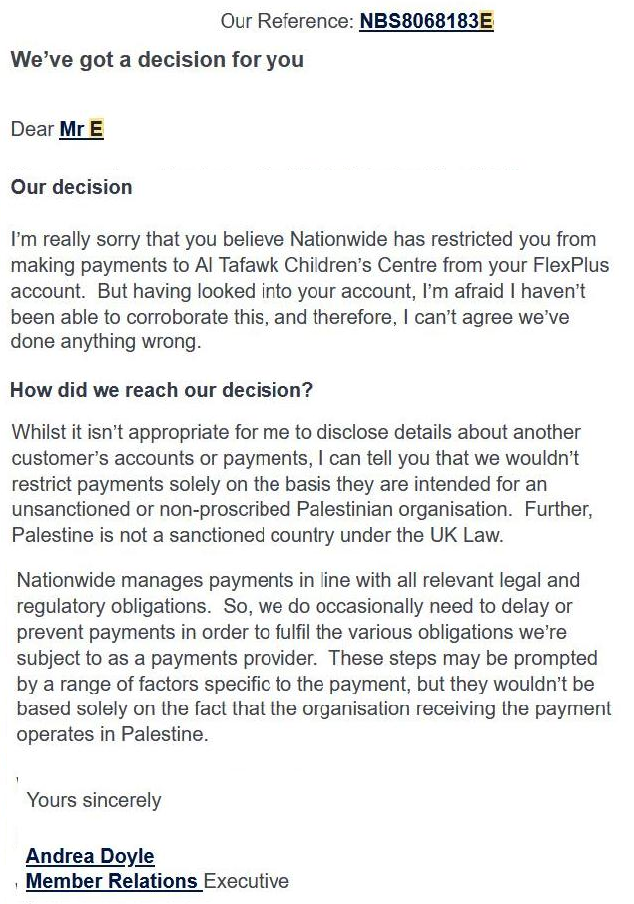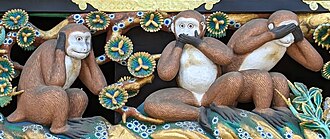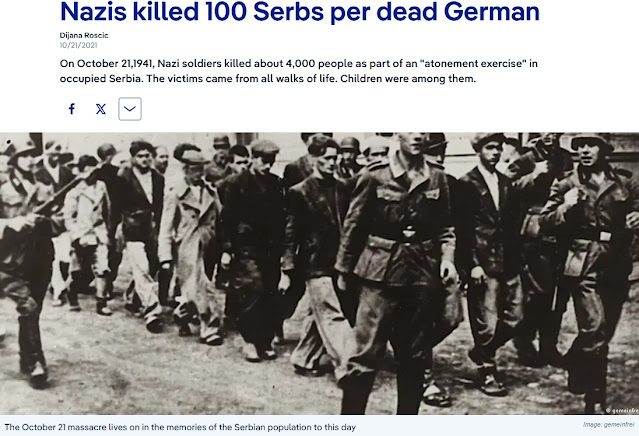First They Blocked Payments to a Palestinian Children’s Centre & then Lied & Blamed it on Government Sanctions
When I Complained About Their Racist Discrimination They Told Me That
They Were Closing My Accounts!
When people think of Building Societies they think
of what is the fluffier side of British financial institutions. Most building
societies like the Woolwich, Halifax and the ill-fated Northern Rock demutualised
and became private banks in the 1990s and 2000s.
Most of them were subsequently taken over by the big
banks or nationalised in the financial crash of 2008/9. Nationwide emerged as the largest of the remaining building
societies.
Today it is clear, with its acquisition
of Virgin Money for £2.9 billion, that Nationwide
aims to be one of the big banks. It has also removed
the accounts of critics of its expansion plans, so I am not the only casualty
of its aversion to free speech. Despite having members’ AGMs building societies
are anything but democratic. The same old Establishment worms its way in along
with their amoral culture.
My problems with Nationwide
began on February 2 and 12 when I sent £2,000 and then £1,500 to the
Al Tafawk Children’s Centre in Jenin. Little did I know that 4 months later it
would end up with me being told that they were closing my accounts. I’ve been
with Nationwide for 25 years but that
counts for nothing.
The first indication that something was
amiss was when I received 2 emails from the Accounts Review Team [ART] (9 &
12.2.24) asking:
• Why is this payment is
being sent via your personal account, on behalf of The Brighton Trust, and not
directly from the registered charity’s own bank account? Will this payment be a
one-off or an ongoing arrangement?
• We require evidence
that beneficiary account details are associated to Al Tafawk Centre.
On 13 May Hannah from ART rang me and we
had a perfectly pleasant conversation. Hannah told me she was happy with my
responses. After we spoke I emailed her to confirm the details of our
conversation. My email began:
Good to talk to you and glad we
have resolved this though I am really unhappy that it was because of a payment
to a Palestinian NGO. I'm sure that this would not have happened with an
Israeli Children's Centre.
If as I suspect your concern was
that we might be funding 'terrorism' then I can lay your concerns to rest. Our
charity only funds a children's centre - it used to be toys and equipment but
today water and food is the priority
Clearly I trod on some raw nerves as the ART clammed
up. Hannah didn’t reply. They also failed, until 5 March, to recredit my
account with the money that they had refused to transfer. For a month I could
get no explanation as to what had happened to the money and whether it had been
sent on as Hannah had promised.
I made a complaint about their behaviour and Louise from
Member Service ‘investigated’ my complaint and found nothing amiss. At which
point I protested at her barely literate, contradictory letter and demanded a
proper investigation. I began my appeal thus:
In her letter to me of 20 February Louise Morris
stated that: ‘I hope this letter explains
things clearly’ and goes on to say that ‘If
you think I’ve missed anything... please email me. Clearly Ms Morris has a
sense of humour.
My appeal was
upheld on 6 March by Simon, a Team Manager at Member Service and I was awarded
£250 compensation. My complaint concerned the behaviour of the ART. I
emphasised, once again, that this would not have happened if I’d tried to send
money to an Israeli children’s centre.
On 7 March I
sent an email to the ART asking a simple question viz. ‘Will you hold up future payments? I went on to say that
‘your
discrimination against a Palestinian children's centre is an outrageous example
of racism as this would not happen in the case of Israel. Presumably Jewish
children are kosher and Palestinian children are not.
The latter remark
was humorous but I suspect that a sense of humour is something that is alien to
the Israel’s supporters in the ART.
On
26 March I received a ‘Final Warning’ from Haleema, a Member Relations
Consultant (!) which began:
‘I've
been told that on 07 March 2024, you sent our Review Team emails consisting of
abusive and racial comments. This type of behaviour goes against our account's
terms and conditions and we won't put up with it.
My first
reaction to this letter was to wonder whether Member Service employees have any
training. If Haleema was minded to issue me with a final warning (it was the
first!!) she might have bothered to read the email she was commenting on. Or is
it general practice for Nationwide
staff to accept allegations at face value?
The email in
question contained nothing abusive or ‘racial’ (unless a reference to Israel is
considered ‘racial’). Clearly this letter had been cooked up behind the scenes
and was the product of a ‘revenge complaint’ from the ART at having had an
adverse finding made against it.
I attempted to
resolve matters informally with Haleema but she didn’t comprehend the points I
was making. As a result, on 5 May, I made a complaint.
On
21 May I chased up the complaint and on 23 May I received a letter turning down
my complaint from Rhianna. She too seemed to have difficulty reading but whereas
Haleema had accused me of sending abusive emails Rhiannon changed this to a question
of perception. The problem was that:
I appealed this and on 19 June Fay
Ingram asserted that
I
called the Israeli army ‘bastards’ which is descriptive not swearing. The phone
call in question was terminated when I challenged the staff member as to why no
information could be provided about my funds.
But
it’s not clear why that should cause upset. It’s simply a comment unless of
course members of ART have some form of emotional attachment to Israel’s genocidal
army.
I
also emailed a number of people about what had happened to me and they wrote to
Nationwide. It is clear that Nationwide actively discriminates
against sending payments to Palestinians.
This
is especially shocking given that Israel’s illegal occupation of the West Bank
openly flouts the 4th
Geneva Convention relating to the protection of civilians
at time of war. The International Court of Justice at The Hague has just ruled
that Israel’s occupation of the West Bank is illegal. Yet despite this Nationwide is refusing to transfer money
to Palestinians on the West Bank whilst placing no obstacles in the way of
transfers to Israel’s settlers.
In a letter to Mr T on 8 May Nationwide wrote:
we’re
unable to send monies to countries currently under sanction by the UK
government... we regrettably cannot make
transfers to countries on the high-risk list... We’ve to abide by this list and
cannot give any more information on why we cannot send to this relevant
country.
The relevant
country in question was Palestine. Then on 17 July Andrea Doyle wrote a second
letter apologising for the ‘confusion’ that their first letter caused. Doyle
wrote:
Within our response we noted
that payments cannot be made to any countries that are sanctioned by the UK
Government. Given the context of your letter, you may have understood our
letter to be suggesting that Palestine is a sanctioned country. I apologise for
the confusion this appears to have caused. To clarify, Palestine is not a
sanctioned country under the UK Law.
... we do
occasionally need to stop payments and seek further information about the
nature/purpose of the payment. In some instances, again in order to comply with
our obligations, we do need to refuse payments. However, such decisions won’t
have been based on the fact that the payment was being made to an unsanctioned
or non-proscribed organisation operating in Palestine.
Describing
Palestinian organisations as ‘unsanctioned’ or ‘non-proscribed’ casts a pall of
suspicion and guilt over them. Would Israeli organisations be so described?
This
letter was disingenuous. There was no confusion. The first letter made it clear
that Palestine was subject to sanctions. That was wrong. Why not admit you were
wrong?
In
an email to David, also of 17 July, Doyle wrote that:
I can tell you
that we wouldn’t restrict payments solely
on the basis that they are intended for an unsanctioned or non-proscribed
Palestinian organisation. (my emphasis)

Identical
comments were emailed to Mrs E, Mr R, Mr W, Ms M, Mr B, Mr R, Mr W, Ms D Ms R – all on 17 July by Andrea Doyle
and in one case Emily Draper. Note the word ‘solely’. In other words if you are
trying to send money to Palestine, a country the subject of an illegal occupation,
it may not be the only factor in a refusal to transfer money but it is clearly
a major if not principal factor.
It is clear that Nationwide is
in practice refusing to make payments to Palestine. Why? Well one can only
assume that members of the ART sympathise with Israel’s military and therefore
took exception to me criticising the ‘world’s most moral army’ as bastards!
This was expressed in a letter of 23 May by Rhiannon which stated
The hypocrisy of this beggars belief. It is the behaviour of the Three Wise Monkeys
who refused to see, hear or speak evil.
The reason that the ‘conflict’, in fact occupation of Palestine by
Israel, was raised was because Nationwide
refused to transfer payments to a Palestinian children’s centre. It was they
who allowed the situation in the Middle East to intrude on their decisions. Nationwide took and still takes a
position that anything Palestinian is suspect. This is confirmed by the letter which
has been issued which says that being Palestinian won’t be the ‘sole’ reason for refusing transfers.
In her email to me of 19 June, Fay Ingram, asserted that the ART
‘doesn’t have to answer specific questions about a block that has
been placed’ and ‘that we actively review all payments and can stop payments when we
hold concerns.
Of course the ART doesn’t have to answer questions but what
possible reason can there be for not doing so? It is a lie that they ‘actively review all payments’. Over
time I’ve made a number of international payments from Nationwide. They have never been
subject to any hold-up. These are camouflage words.
This is especially relevant when the ART provide a false explanation
to another customer about Palestine being a sanctioned state.
However much Nationwide
twist and turn it is clear that in practice they are operating a policy of
sanctioning Palestine. When I’ve tried to send money from other banks I haven’t
had this problem. If Nationwide is to
maintain that it’s not treating payments to Palestine differently then it needs
to challenge the anti-Palestinian racism which permeates the ART. They should lay
down clear rules and guidelines about not discriminating against the Palestinians
whose only crime is suffering under an illegal and brutal occupation.
I have quoted only brief excerpts from the email correspondence.
If you wish to see the full emails, then they are saved here.
One final matter. The first time I learnt that my accounts were being closed was on 24 June when I receive a ‘reminder’ that my accounts were being closed. I had not previously had any such notice although Nationwide maintains that a letter was sent out on May 10. Given my post is reliable my suspicion is that this letter was never sent.
What is interesting is that on 19 June, over a month after the
letter of May 10 was apparently sent, Fay Ingram wrote to me stating that
Why was Ingram saying that my
accounts could be closed when
elsewhere Nationwide are asserting
that such a decision had already been made?
Likewise Rhiannon sent an email on
23 May saying of Haleema’s letter that ‘I can’t agree that we...
threatened we’d close your accounts.’ She
may not agree but how else should I interpret Haleema’s threat that
if
we hear about any further incidents or similar behaviour towards our
colleagues, we'll close your account immediately without telling you first. [bold in
the original]
Rhiannon’s email was sent nearly a fortnight after the letter
closing my accounts was apparently sent. It reveals how shallow Nationwide investigations are that they
are unable read their own correspondence.
It is clear from my recent
experiences with Nationwide that
their attitude to Israel/Palestine is that of the Britain’s Political Establishment
which is to penalise the Palestinians and treat Israel as a normal western
democracy. This means ignoring the fact that Israel is illegally occupying Palestinian
land and adopting a mentality that conflates Palestinians with terrorism and
sanctions.
What You Can Do?
Although
some people have written threatening to close their accounts if Nationwide doesn’t change their stance
I’m not asking people to do this. Nationwide’s
institutional racism and amorality is par for the course in the capitalist
banking world.
What
you can do is to bombard them with complaints about their behaviour and demand
accountability for decisions to stop transfers to Palestinian organisations
such as children’s centres. This is especially the case if you are a member.
Tony
Greenstein








































